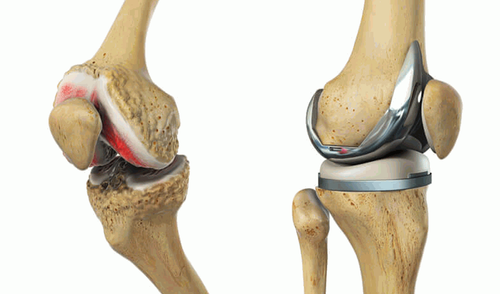
The Centre offers all types of joint replacement surgeries to restore freedom of movement and relieve the pain of degenerated and diseased joints. Surgery often provides dramatic improvement in daily functioning for people with arthritis. Medications and physical therapy services are helpful adjuncts.
Some of the latest techniques offered are cementless implants for a customised fit thus prolonging the life of the replacement. However, joint replacements do not last forever. Many people require a second replacement surgery, especially for hip and knee joints. This replacement, or revision, can be more difficult than the initial surgery due to the difficulty in removing the adhesive material used to hold the artificial joint in place.
Knee and hip replacement surgery are the most common procedures. We also perform joint replacement surgery for other major joints including the elbow, ankle, shoulder, and wrist joints. In addition, our surgeons have extensive experience in using the newest clinically proven techniques to revise joint replacements that have failed. Rehabilitation following joint replacement is coordinated with other healthcare professionals on the arthritis centre team.
Our facilities to perform joint replacements are outstanding both in theatre environment and instrumentation. For all joint replacement cases we have Laminar Air Flow operation theatres, pulsatile lavage, pneumatic and cordless stryker power saw/reamer system and complete systems for primary and revision arthroplasty. A computer navigation system is also part of the joint replacement armamentarium.
Dr.Sridhar Gangavarapu was the First Surgeon to perform “ORTHOALIGN” computer navigation total knee replacement surgery in Andhrapradesh

This is usually undertaken in patients who have had their hip joints destroyed due to injury or diseases like osteoarthritis, rheumatoid arthritis, etc. Hip resurfacing and replacements using ceramic liners are done for relatively young active patients.
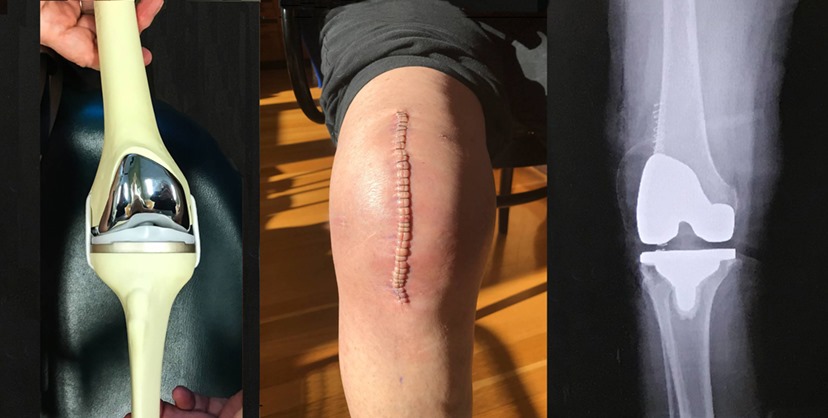
For knees that are severely damaged due to disease or injury, total knee replacement is the best option. The end of the thigh bone is normally replaced with a metallic component and the upper end of the leg bone with a polyethylene component with metal base plate. Most patients are ambulant from the day after surgery and are discharged the fifth day. The latest Hi-flexion fixed bearing and mobile bearing designed knee components and those specifically designed for women (gender solution knees) are routinely used.
Computer-assisted Total Knee Replacement (TKR) improves the component positioning and is routinely done in our Centre. It is predicted that the computer accuracy and the surgeon’s experience together will improve the planning for implementation.
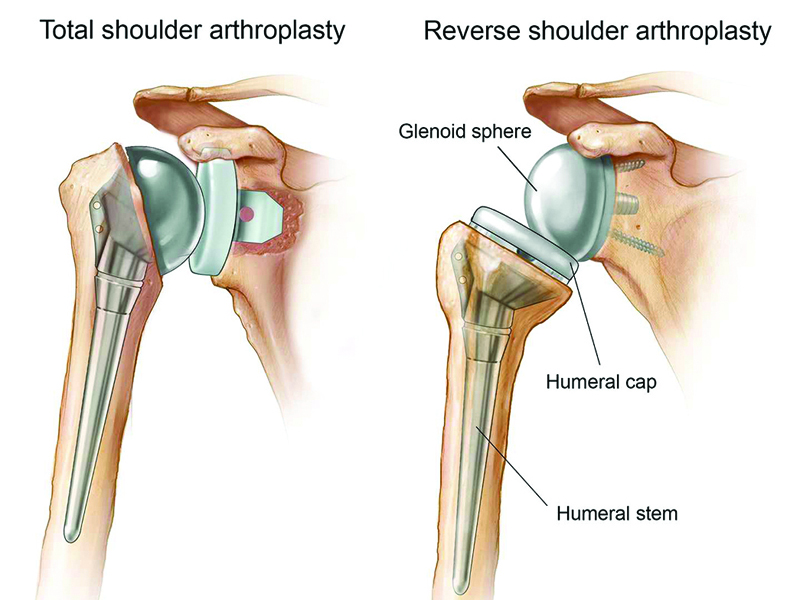
Joints like the elbow and shoulder, which are damaged due to diseases like rheumatoid arthritis or due to traumatic injury are treated with total joint replacement
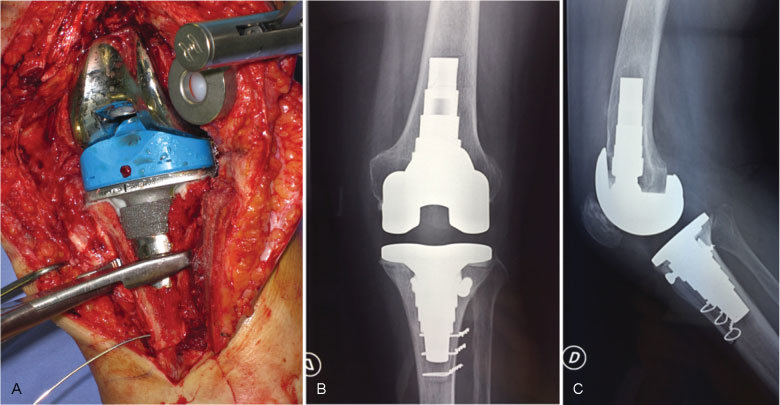
Revision joint replacement is a frequent procedure and we have the entire revision instrumentation along with high speed burrs for difficult surgeries, both for the hip and knee joint.
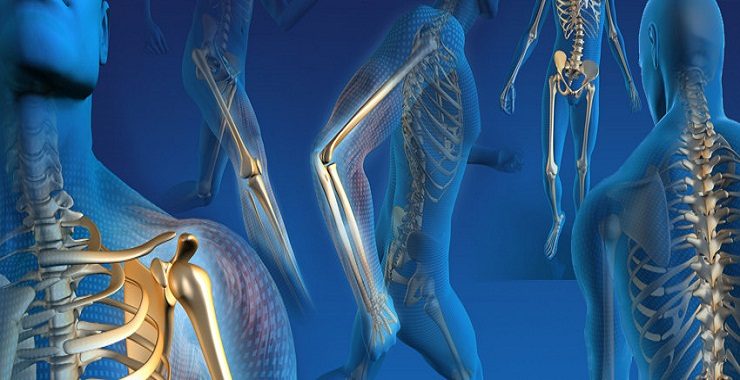
Traditionally, many bone injuries caused by trauma were repaired using immobilisation devices placed outside the body. Our orthopaedic surgeons are leaders in using devices that are surgically placed on or in the injured bones. Those devices provide strong support and can be used in treating fractures of the pelvis, thighbone, hip, foot, and ankle.
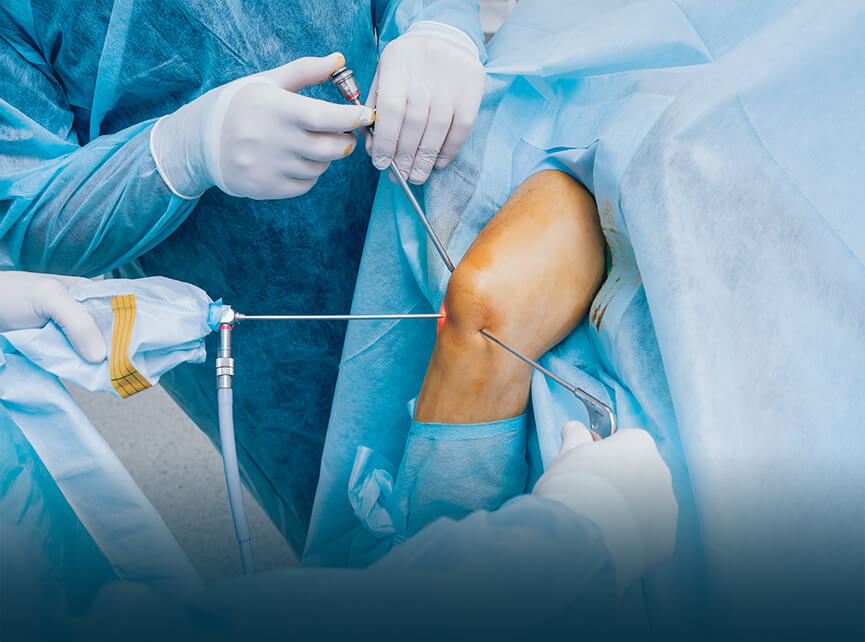
Keyhole surgeries of the joints are done with state-of-the-art instruments. Recovery from the surgery is much faster compared to traditional open surgery. The facili¬ties in arthroscopy include the video arthroscope for the knee, shoulder and hip, the smaller scope for wrist elbow and ankle, complete power shaver system, pres¬sure sensitive pump for joint distension, arthroscopic electronic power system, VAPR (radiofrequency energy delivery system), Autologous Chondrocyte Implantation and Osteochondral Autograft Transfer System (OATS).
Keyhole surgery of the knee joint is routinely done mainly for meniscal repairs, anterior and posterior cruciate ligament reconstruction, double bundle reconstructions, biopsies, knee cap dislocations for MPFL reconstruction, popliteal cyst management etc. For routine arthroscopic surgeries the patient has to stay in the hospital for only 1 or 2 days and has to continue the exercises at home. Bio-absorbable screws/implants are routinely used for ligament reconstruction.

Keyhole surgery of the shoulder and hip is done routinely for repairing joint problems in recurrent dislocations, frozen shoulder, supra scapular nerve decompression, synovectomy and rotator cuff tear repair. The hospital stay is only for a couple of days and the pain following the surgery is much less. The recovery is much faster compared to traditional open surgery. Arthroscopy of the hip is done to deal with impingemnt lesions and labral lesions.
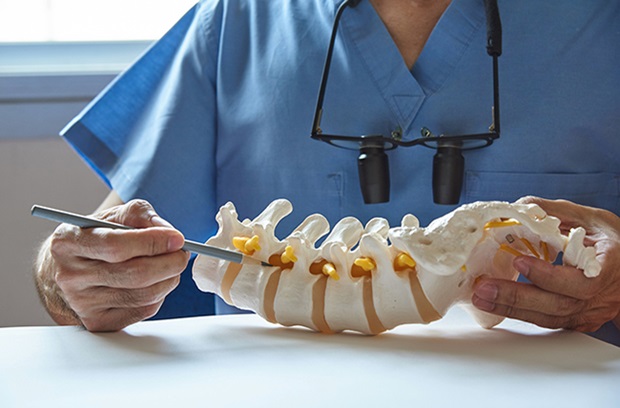
The spine surgery program is a comprehensive interdisciplinary service incorporating orthopaedic surgeons, neurosurgeons, neurologists, physical and rehabilitation medicine and the anaesthesia pain clinic program.
The team is experienced in handling spinal trauma, spinal deformities, and spinal tumours as well as congenital and degenerative diseases of the spine.
Back and neck pain is evaluated and treated by a team of orthopaedic surgeons, neurosurgeons, occupational therapists in a pain clinic. Patient education and occupational rehabilitation are the prime goals of this department.
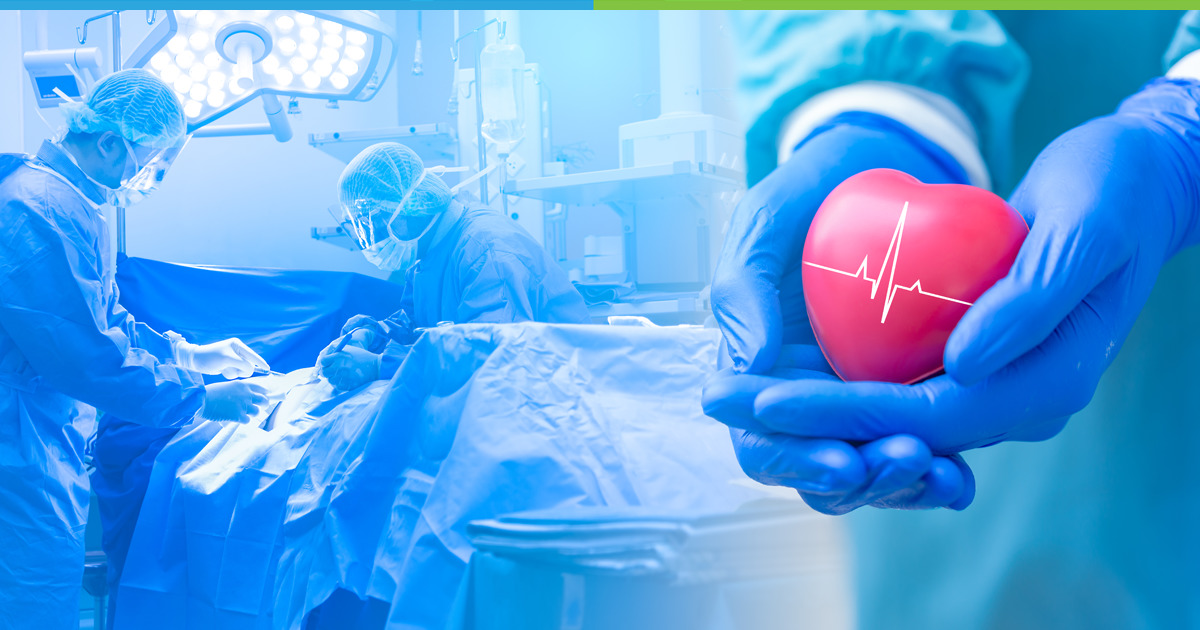
All facilities are available to promote daycare surgery for a variety of conditions in spinal disorders, joint problems and fractures. The system is designed taking into consideration patient comfort and convenience.
- Artificial Joint Replacement – Knee,Hip, Shoulder,Elbow
- Arthroscopic Surgery of Shoulder, Elbow, Wrist
- Arthroscopic Surgery of Hip, Knee and Ankle
- Cartilage Restoration / Transplantation
- Rheumatoid Arthritis, Degenerative Arthritis
- Nerve Decompression Surgery
- ACL, PCL and Meniscus Repairs
- Musculoskeletal Injuries
- Ligament Injuries
- Limb Lengthening, Deformity Correction
- Rotator Cuff Repair
- Spinal Disc and Degenerative Surgery
- Spinal Trauma, Tumour and Infection Surgery
- Repair of Shoulder Impingement Syndrome and Rotator Cuff Tear
- Sports-Related Injuries